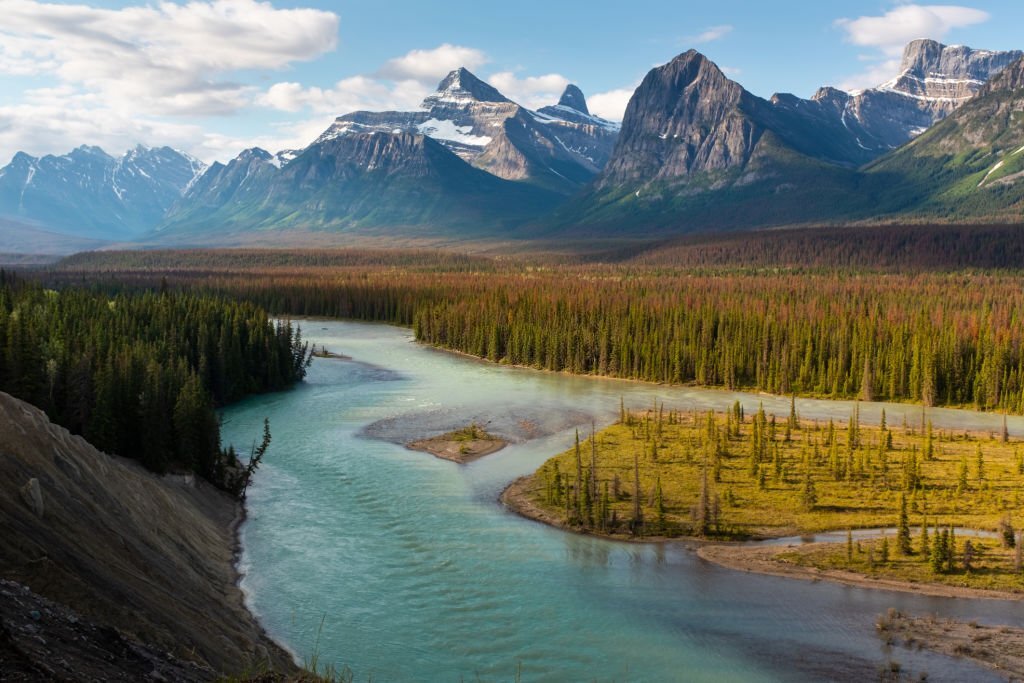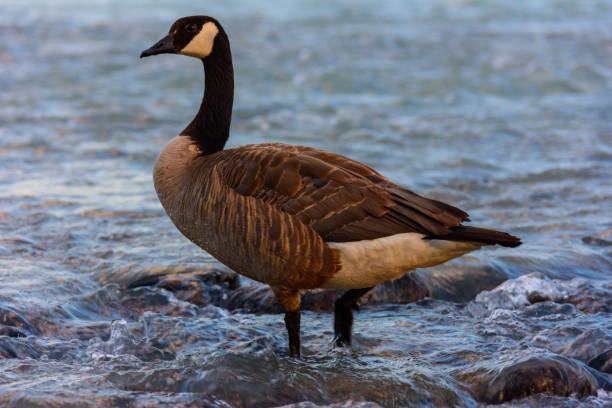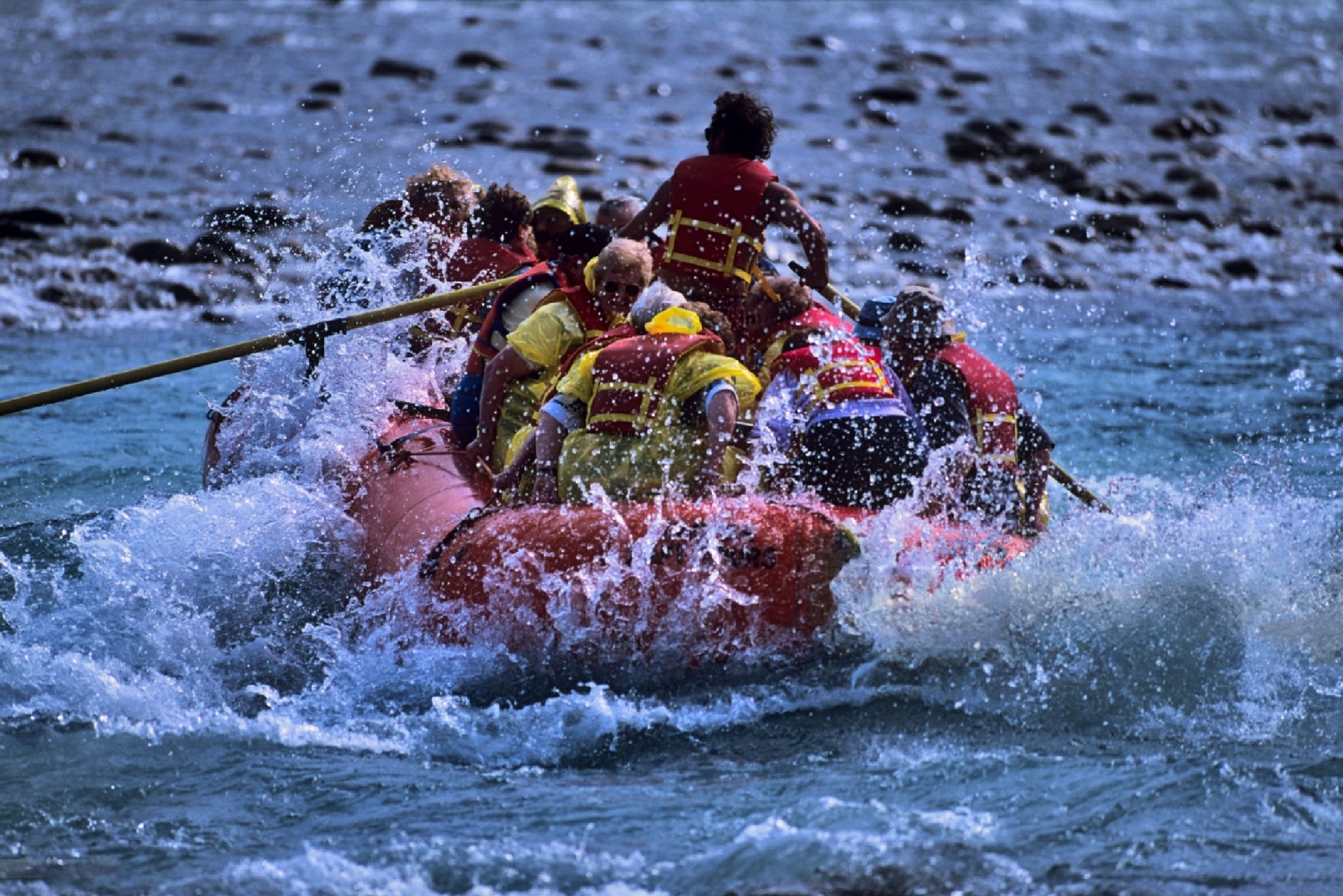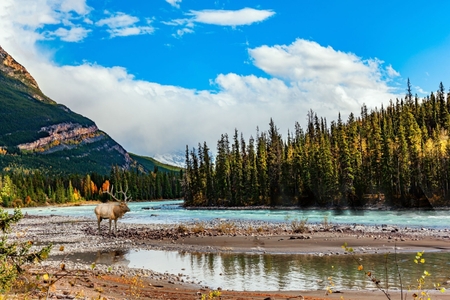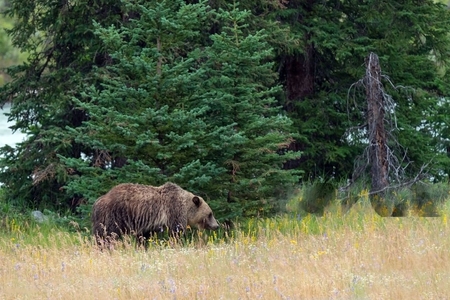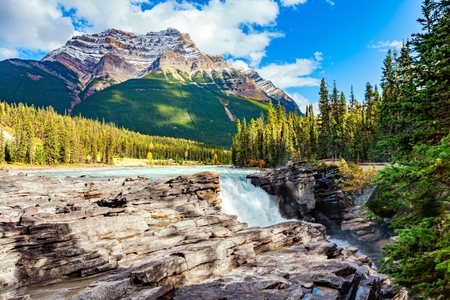FreshWater Deltas
The Peace-Athabasca Delta
When the topic of freshwater deltas is brought up, the peace-Athabasca delta is among the bodies of
water mentioned. It is located in the northeast region of Alberta, within the spacious Wood Buffalo
National Park. The Peace-Athabasca Delta is the biggest delta within the North America, it is
composed of many channels of water, lakes, and ponds. The freshwater delta has a big impact on the
wildlife as it provides a home for a lot of different species allowing them to migrate there to
breed, feed, and explore over 1400 miles of the land and bodies of water it has to offer.The delta is also rich in history, with its importance to the first nations people, more specifically the Athabasca Chipewyan and Cree tribes. Not only was the Peace-Athabasca Delta home and a great source of sustenance to the Cree and Chipewyan people as it provided food, water, and also a deep-rooted spiritual connection with the delta. Also, it was a strong trading and travelling hub used by many indigenous tribes and surrounding communities.
A Changing Delta
Climate change has been causing destruction to The Peace-Athabasca Delta and its ecosystem since the late 1960s, due to the arctics rapid rate in temperature. With the rise in temperatures the bodies of water within the delta have been showing signs of evaporation during the summer and faster rates of snow melting during the winter and early spring and unpredictable rainfall patterns. The ecosystem has been taking a hit from climate change as there has been a change in the with less species spotting and migration of known species that rest and breed within the delta, and a disturbance to the plant’s growth making food for all the species that live within that ecosystem very scarce, ultimately forcing the species to migrate and hindering the growth and prosperity to the biosphere. A member of the Athabasca Chipewyan Bampflyde shares, “Climate change exacerbates any other impacts that industry will have on the landscape in terms of drying,” other factors that have been amplifying the affects of climate change within the region is the oil and gas industry. With The Peace-athabasca delta being situated within the Wood Buffalo national forest the high temperatures and dry heat Alberta has been experiencing the risk of wildfires are very high and very alarming. Climate change has been affecting the First Nations communities that live within and around it, as they have witnessed the damage it has caused their land and people, with the lower levels of water within the deltas, fishing has been very difficult, it is an essential food source to the first nation tribes and communities who have fishing for centuries. The
Visit The Article
Inhabitants Of The Delta
The Athabasca Delta is a large biosphere home to a lot of different species. There are a
large variety of species that inhabit the Athabasca delta, such as mammals, birds, and of
course fishes. Bison are a well know mammals that are frequently spotted within delta
wandering and searching for a breeding place and grazing grass. The Peace-Athabasca delta is
also a very well-known stopping point for birds during their migration so they could breed.
Birds such as Whooping Cranes and Canadian Goose have been spotted within the delta as well.
Cold water fish can be found within most of the bodies of water, the population of fish can
be used to evaluate the health of the ecosystem based on whether they are or are not
flourishing in the rivers and lakes within the delta. Also, a great source of food for the
mammals and birds in the environment.Although bison are among the largest mammals in the Peace-Athabasca Delta there are other mammals like bears, moose, and beavers that are known to roam within and around the delta. Also, with birds and fishes being among the largest species in number within the environment, fishes are major prey to the intimidating predator's such as bald eagles and raptors.
Fun Activities To Do
There are a wide variety of activities that can be done within the delta, activities such as
walking and hiking up and around the trails. The Athabasca delta is home to a plethora of
fish, giving you the opportunity to go fishing while of course having the right permits and
knowing and understanding the rules and regulations. Canoeing and rafting are fun and great
activities that can be done at the rivers and lakes. Tours and rental equipment are offered
at certain locations as well. Tourists also get the chance to participate in some wildlife
animal viewings, there are a large range of animals that can be spotted, animals such as
bears, moose, birds and bison.The hiking and walking trails showcase beautiful views of surrounding mountains, flowing rivers, and waterfalls. Giving you the ability to relax and really enjoy and connect with nature and its innate beauty. Camping and photography are fun activities that you are able to part take in. The delta has specific camping grounds that you can set up camp, be sure to come prepared as there aren't any supplies provided. There are very beautiful mountains that can be great spots for photography that can be used for blogs or even personal use.
Wetlands to Drylands
The Peace-Athabasca Delta has been experiencing zones of the wetlands starting to dry up. Rivers
that were once ten feet tall years back are now muddy terrain. What is causing the freshwater rivers
to dry up? There are multiple reasons or factors that are a fueling cause, a few being the hydro
dams in BC and Alberta that have been altering and minimizing the water flow towards the Athabasca
Delta, Alberta's oil and gas industry and its high-water consumption and pollution during its
refinery process. Also, climate change, the increase in temperature has been causing a decline in
water levels due to evaporation.Plans on preserving and restoring the delta back to what is was before is something scientists, the indigenous people, agencies that are apart of the government are heavily working towards. Scientist have bee monitoring the changes happening within the delta, coming up with ways to slow down and eliminate the rate in which the delta is drying up. The Indigenous people and communities have also been creating plans to reduce the amount of water being used by the dams and oil sands refineries.
